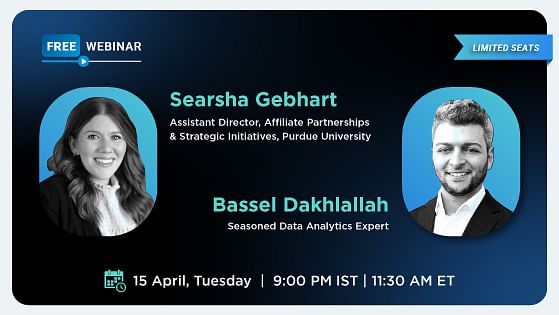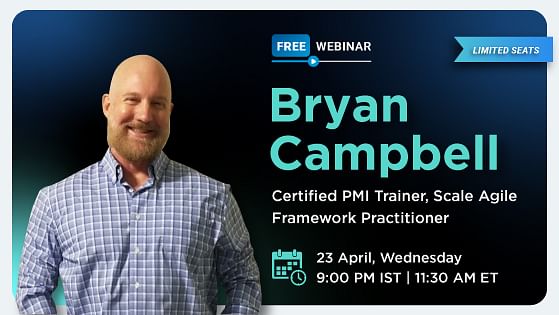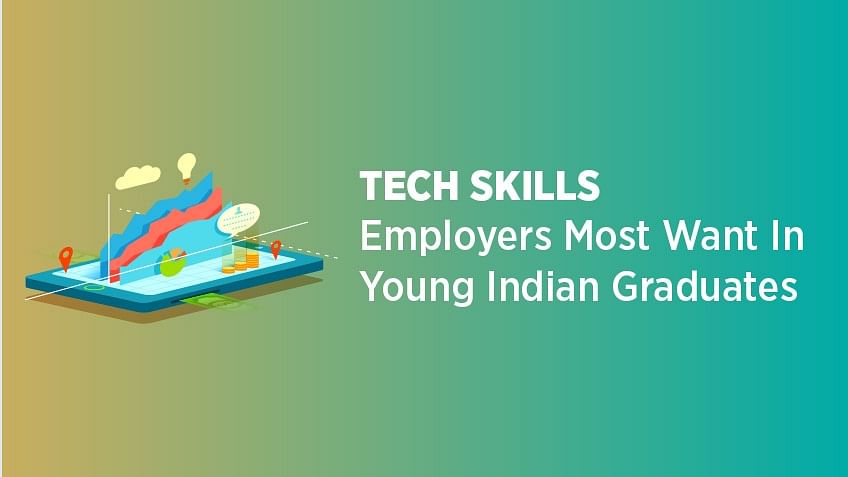HomeResources
Resources
Explore insights, tips, and articles written by experts in a range of professional domains.
 ArticleLast updated on Apr 12, 2025
ArticleLast updated on Apr 12, 2025What is Six Sigma: Everything You Need to Know About it
 ArticleLast updated on Apr 12, 2025
ArticleLast updated on Apr 12, 2025Top Management Certifications for Career Growth in 2025
 WebinarApr 15, 2025
WebinarApr 15, 2025Become a Data Scientist in Just Six Months: Understand Your Upskilling Roadmap
 WebinarApr 23, 2025
WebinarApr 23, 2025CAPM, PMP or PMI-ACP? Learn Which is the Best Fit For You
Browse the categories
Data Science & Business Analytics(471)
View All
Manual and Automation Testing: Key Differences to Know

Manual and Automation Testing: Key Differences to Know
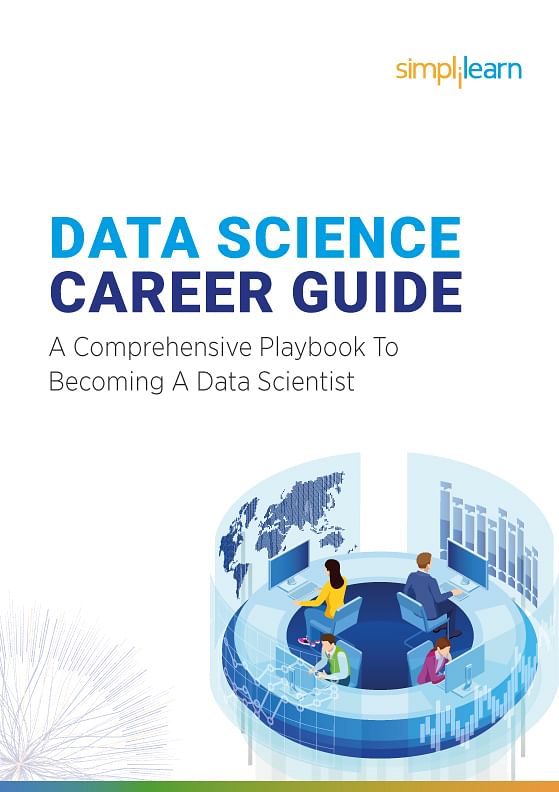
Data Science Career Guide: A Comprehensive Playbook To Becoming A Data Scientist
AI & Machine Learning(422)
View All
Advantages and Disadvantages of Artificial Intelligence

What is Perceptron?
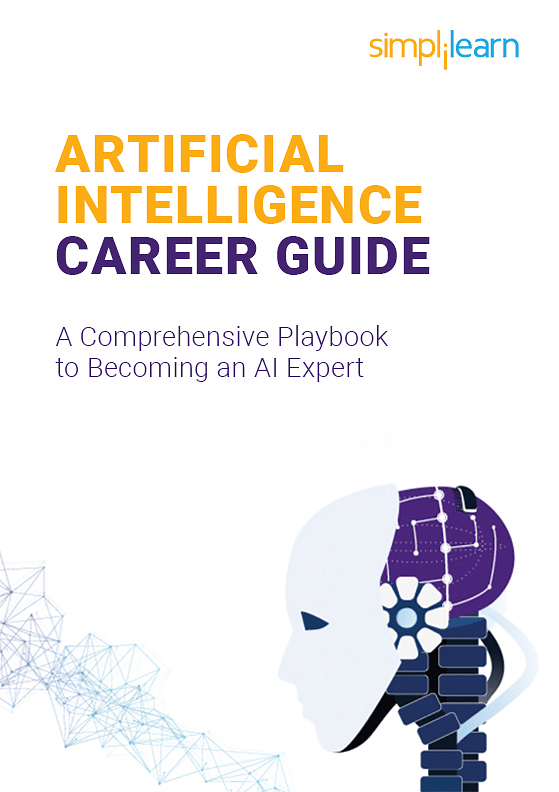
Artificial Intelligence Career Guide: A Comprehensive Playbook to Becoming an AI Expert
Project Management(390)
View All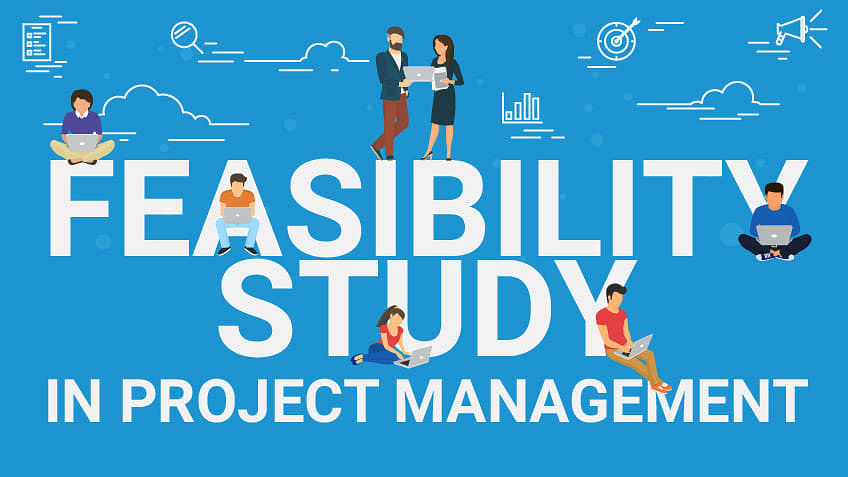
Feasibility Study and Its Importance in Project Management

Top 30 JIRA Interview Questions to Help You Ace Your Interview
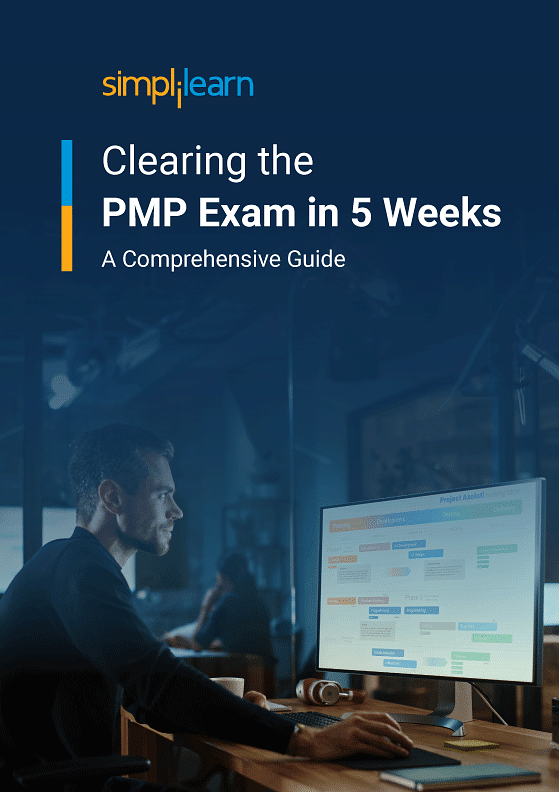
How to Pass the PMP Exam? 5-week Study Guide
Cyber Security(275)
View All
Top Cyber Security Projects for Every Skill Level in 2025

What Is COBIT? Understanding the Framework, Components, and Benefits
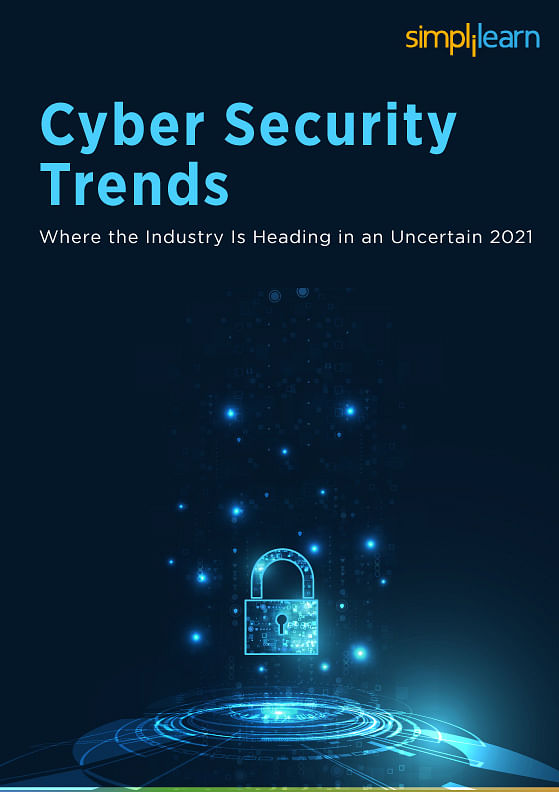
Cybersecurity Trends: Where the Industry Is Heading in an Uncertain 2024
Cloud Computing(301)
View All
The Cloud and Cryptocurrency

What is a Hypervisor in Cloud Computing and Its Types?
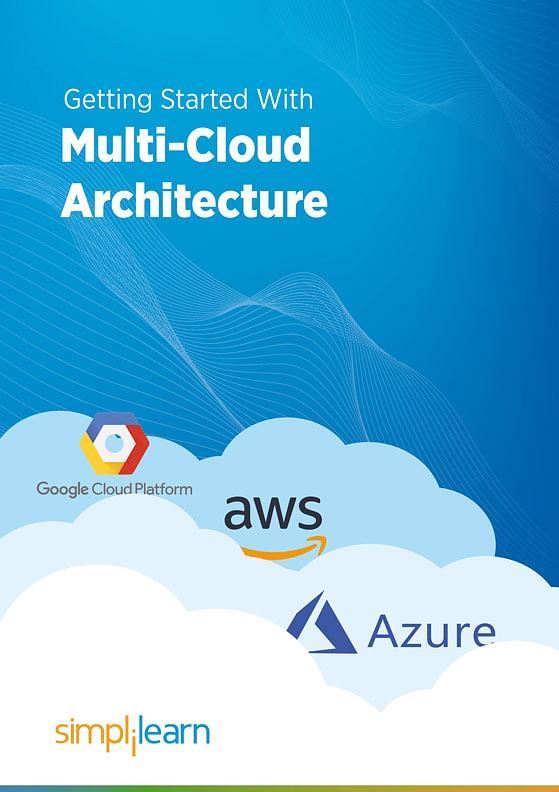
Getting Started With Multi-Cloud Architecture
DevOps(114)
View All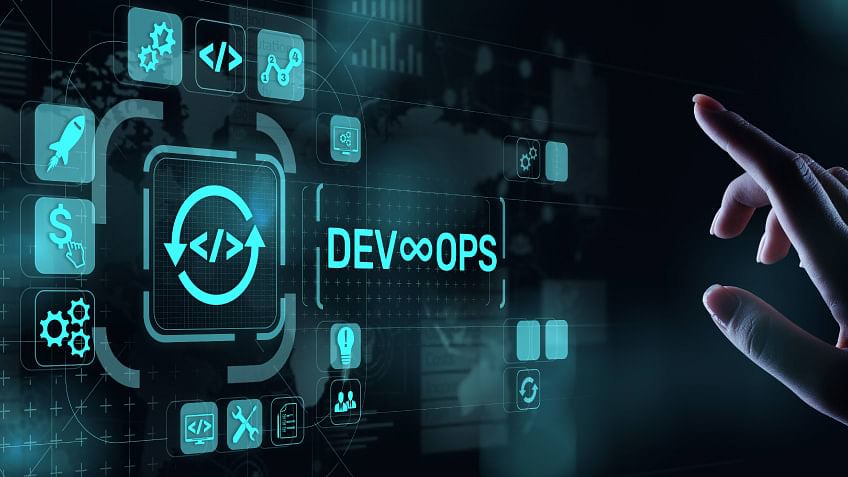
Best DevOps Courses
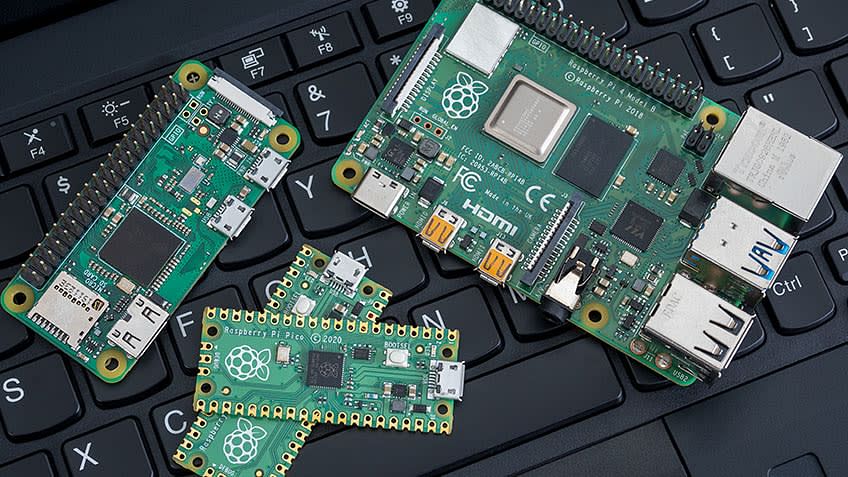
How to Install Docker on Raspberry Pi?
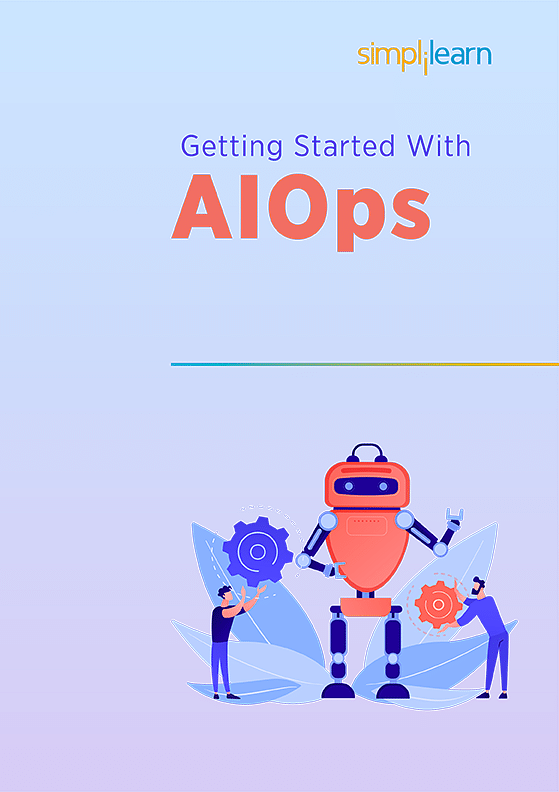
Getting Started With AIOps
Business and Leadership(286)
View All
Top 16 Time Management Skills to Help You Become a Success

Tips on How to Introduce Yourself in a Job Interview
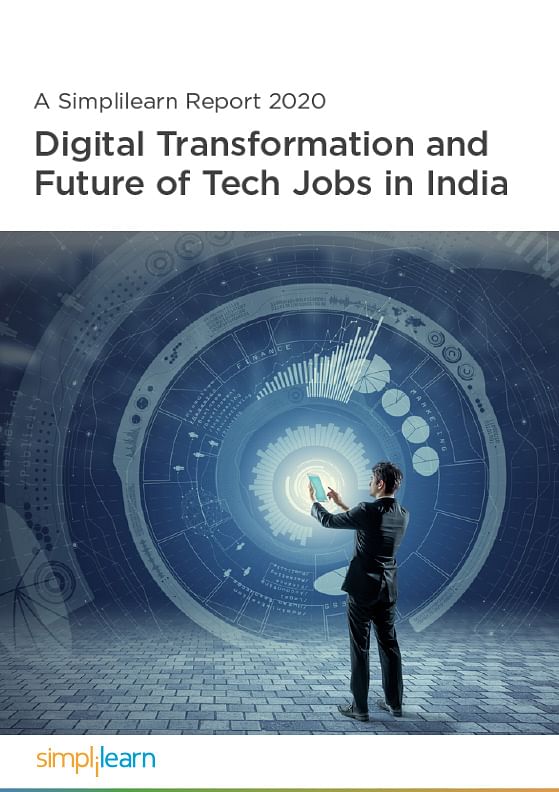
Digital Transformation and Future of Tech Jobs in India: A Simplilearn Report 2020
Quality Management(105)
View All
Service Delivery Manager: Job Description, Skills and More for 2025

What is Six Sigma: Everything You Need to Know About it
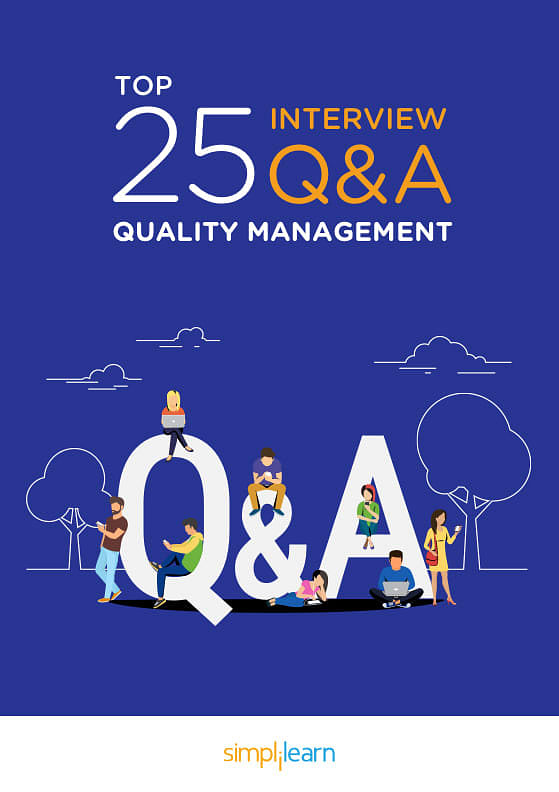
Free eBook: Top 25 Interview Questions and Answers: Quality Management
Software Development(1108)
View All
15 Final Year Projects for Computer Science Students

Top 70 Coding Interview Questions and Answers for 2025
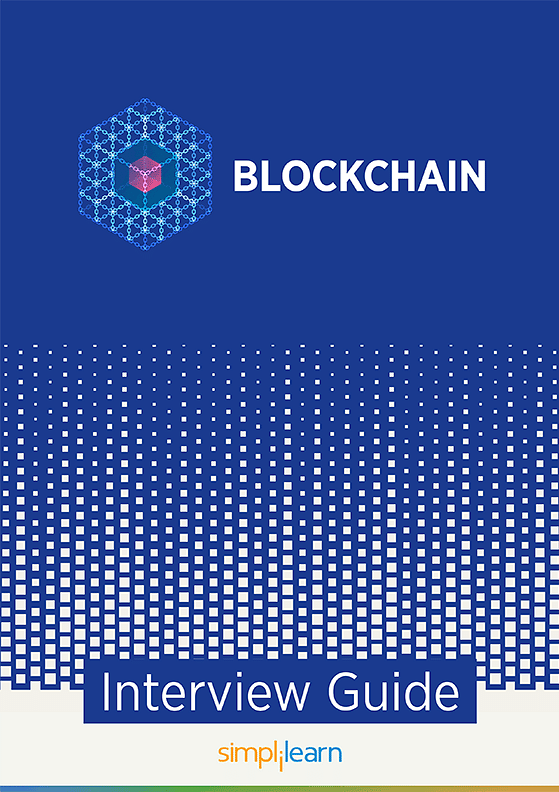
Blockchain Interview Guide
Agile and Scrum(109)
View All
10 Scrum Books Every Agile Enthusiast Must Read

Top 20 Scrum Master Interview Questions and Answers

CSM Study Guide: Master Scrum in 48 Hours
IT Service and Architecture(111)
View All
ITIL® Service Transition: Processes and Practices Involved

The TOGAF® Certification Process
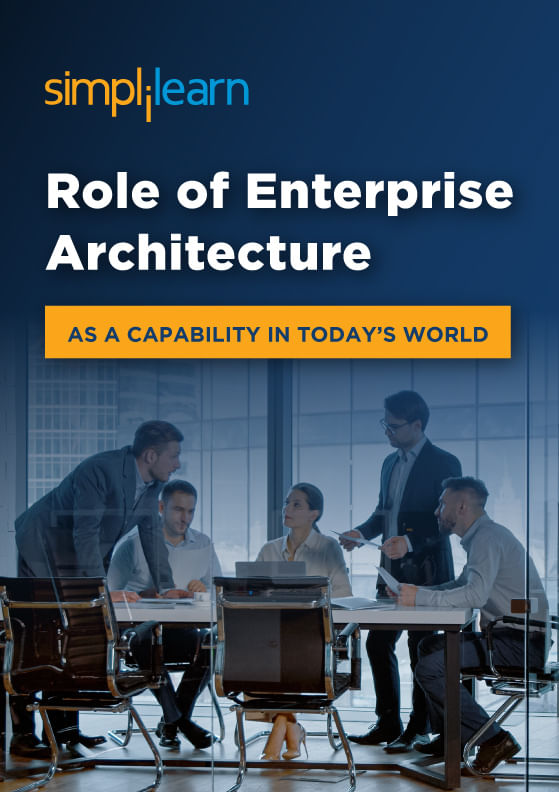
Role of an Enterprise Architect
Digital Marketing(600)
View All
Why Choose a Digital Marketing Career?

Social Media Marketing Skills You Need
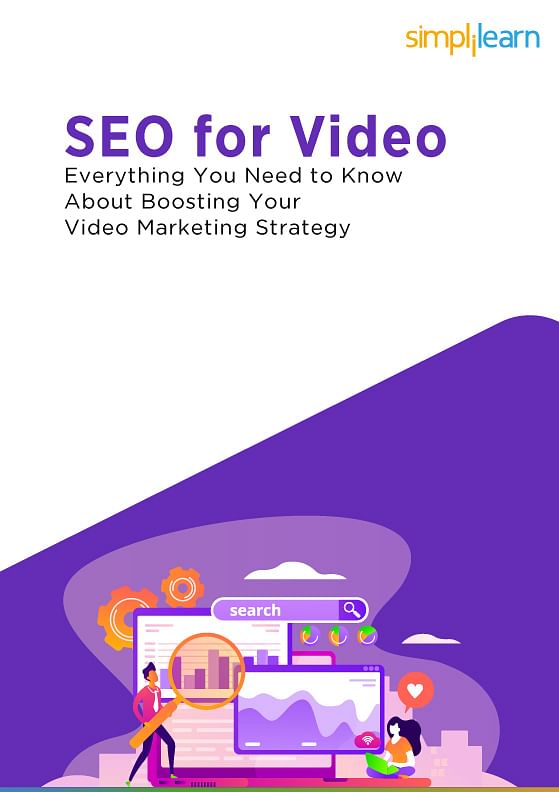
SEO for Video
Big Data(129)
View All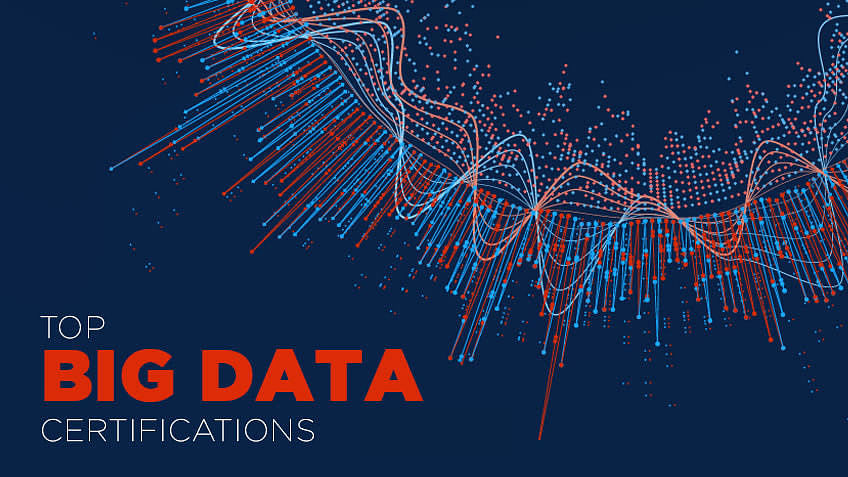
Best Big Data Certifications
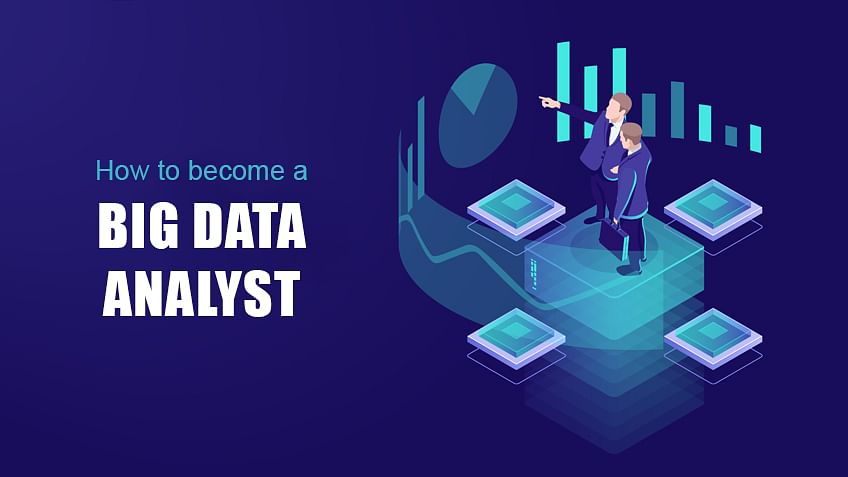
How to Become a Big Data Analyst in 2025?
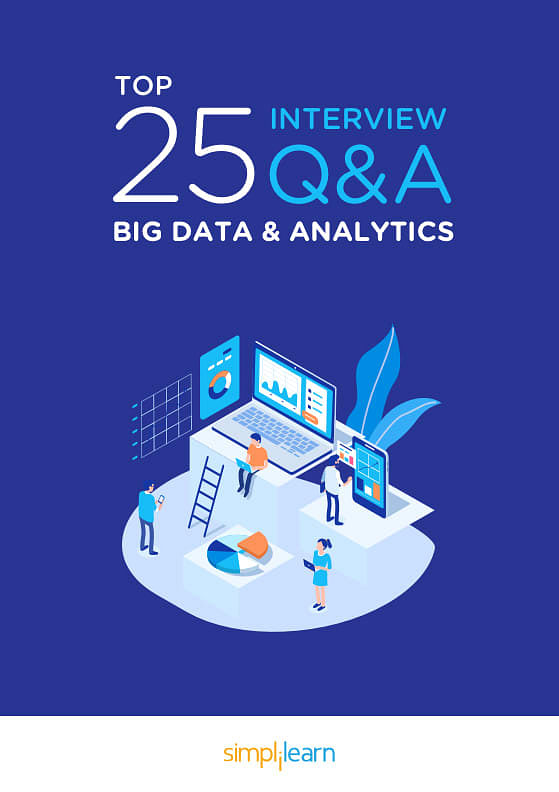
Free eBook: Top 25 Interview Questions and Answers: Big Data Analytics
Career Fast-track(159)
View All
6 High-Paying IT Jobs You Can Do from Home

Top HR Interview Questions and Answers

The State of Upskilling in 2023
- Acknowledgement
- PMP, PMI, PMBOK, CAPM, PgMP, PfMP, ACP, PBA, RMP, SP, OPM3 and the PMI ATP seal are the registered marks of the Project Management Institute, Inc.

